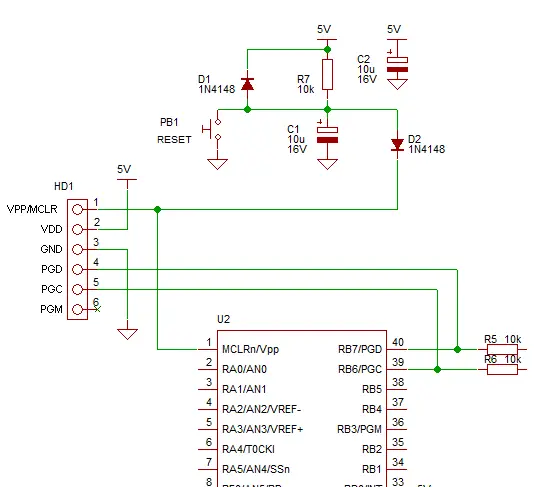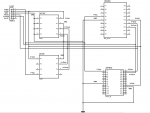J2C, cierto lo que dices, es solo que voy empezando con esto de los pic e imaginate leer 124 paginas de este tema pues esta cañon, pero ya poco a poquito le ire agarrando la onda, de momento las practicas que he hecho con el pic18f2550 no me ha dado problemas, de ningun tipo, todo lo programa bien. Bueno gracias y ""VOLVERE""" con mas preguntas 




